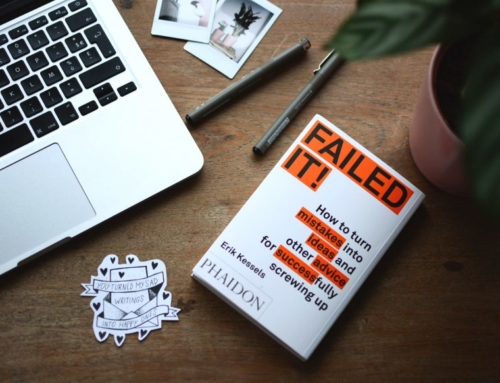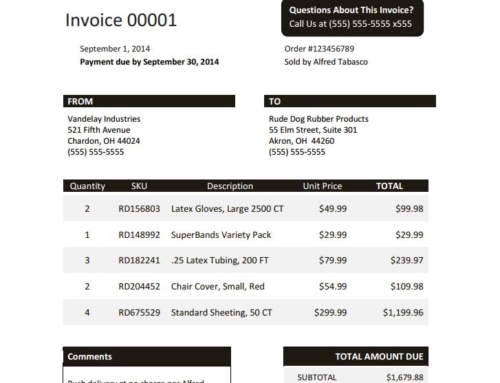Also known as a demand letter, dunning letter, or past due letter, a collection letter is an integral part of your invoice collection process. The collection letter usually comes into play after the customer is already past due and after you have made a few attempts to contact the customer via phone. Sending these letters makes a huge difference in being able to collect on the invoice as soon as possible, so making them effective is crucial. When it comes to writing an invoice collection letter, its success or failure hinges on both letter messaging and delivery timing.
WHY IS A COLLECTION LETTER IMPORTANT?
A collection letter is important for many reasons. It is a nice way of letting your customer know that they are overdue and that you have taken notice of this. In many cases, your customer may not be intentionally ignoring your phone calls and emails. It’s possible they don’t regularly check their voicemail, the invoice got stuck in spam or they simply forgot. In other cases, your customer may be trying to hold off on payment and your collection letter can help you set yourself up for success should things escalate and collections services or lawyers need to get involved. Be sure to keep a copy of all of your collection letters (and responses if you get them) on file just in case.
TIMING COLLECTION LETTER DELIVERY
Every credit and collection policy is different, but here is a brief timeline of when you will want to begin sending collection letters/ emails and taking related action.
Note: we mention both letters and emails in this section because in our technology-driven world, many companies choose to email collection letters and only send hard copies as invoices continue to go beyond terms and pressure must be increased.
REMINDER CALL: 0-30 DAYS
Call to ensure the invoice was received and there are no issues, then remind the customer about one week prior to the due date
LATE PAYMENT NOTICE: 35-40 DAYS
Call the customer to let them know the invoice is overdue, make notes during the call to track any promises made. Always send up a follow up email or collection letter to summarize the conversation and actions that you/customer will be taking.
SECOND REMINDER: 45-50 DAYS
Make another call to remind the customer of their late payment and send out another email/collection letter documenting the phone call, promises made, promises broken, payment terms, etc. If you have not already begun to send hard copy collection letters in addition to your reminder emails, you will want to start doing so at this time.
THIRD REMINDER: 55-60 DAYS
For companies with a small credit and collections department you may not have a supervisor- so you would just send another reminder letter/email. For larger companies, now would be the time for escalation to a manager or supervisor.
FINAL COLLECTION LETTER: 65-70 DAYS
Time for your final demand call and follow-up with your final demand collection email/letter. Be sure to point out that there have been many attempts to collect which have failed and that the invoice will be turned over to a collection agency if payment is not received by a given date.
NOTICE COLLECTIONS/LEGAL: 80-90 DAYS
At this point you should consider sending the invoice to a third party collection service or getting your lawyer involved. This should always be a last resort. Send a final letter to let the customer know you have turned things over to a collection agency and that they can still call you to solve the issue quickly.
GETTING THE MESSAGE RIGHT
No two collection letters mentioned above will be the same, each one should have a different tone. For example, your first notice should be pretty light and serve as a friendly reminder with helpful information to help the customer submit payment. As you move along the timeline the letters will need to change, becoming more assertive while remaining polite, professional, and helpful.




